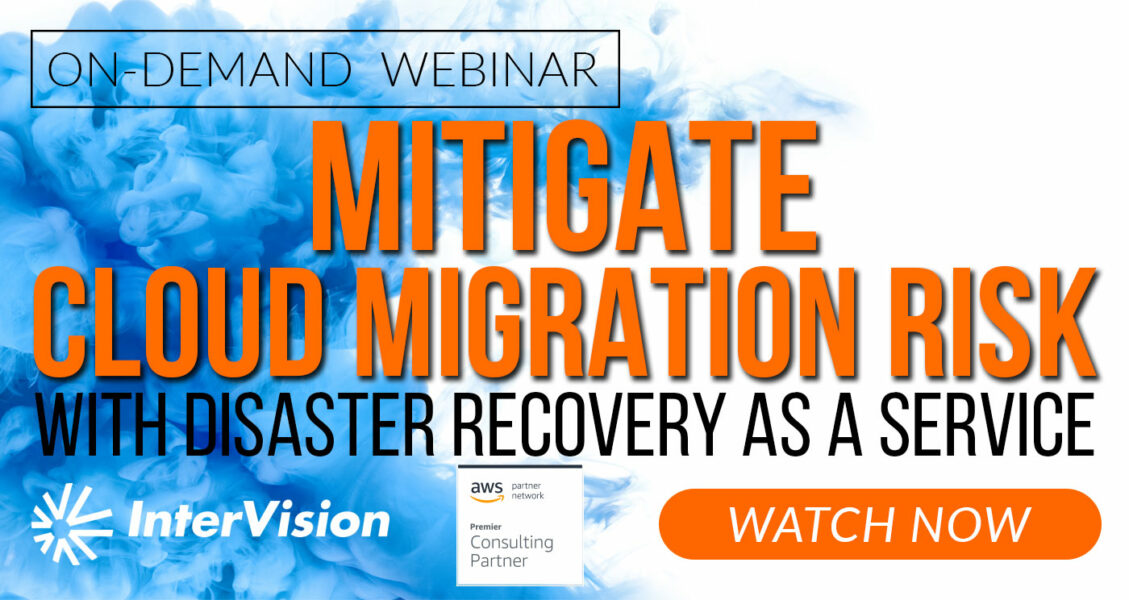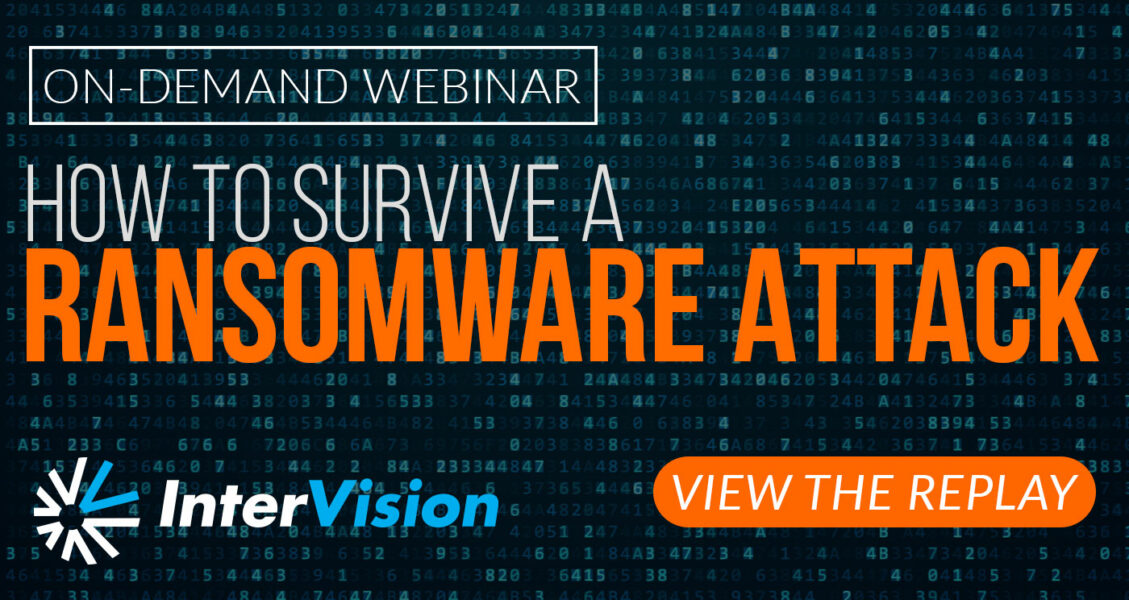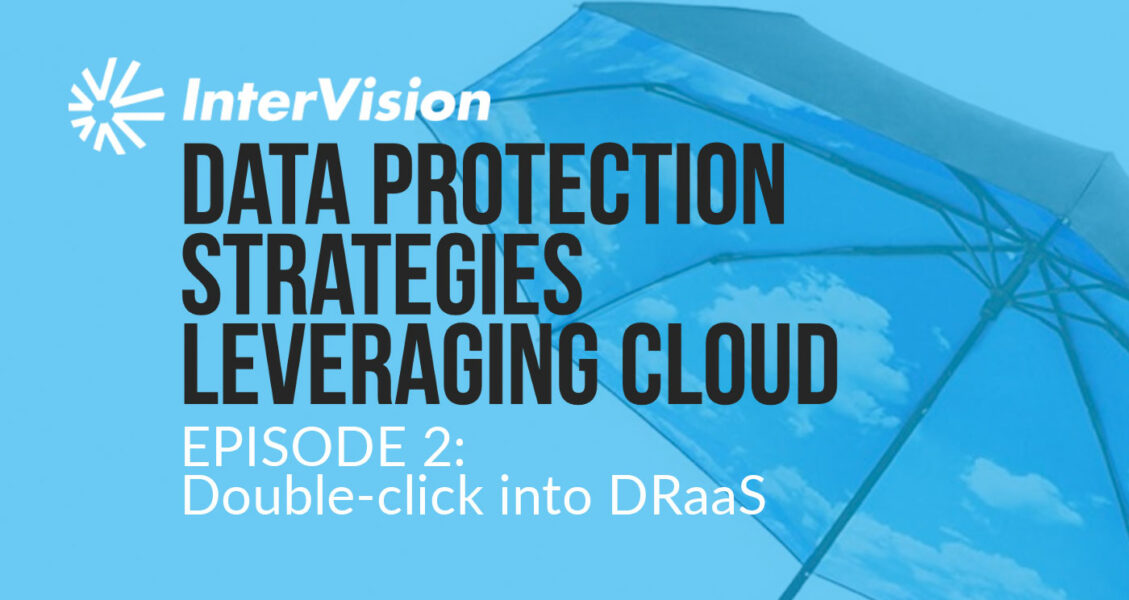A cyber-attack requires a unique recovery, so it needs to be treated as a disaster and strategized with DRaaS.
The purpose of a DR plan is to provide the rest of your organization with the confidence that when a disastrous event occurs, you can recover. But there are a lot of disaster types these days.
Ransomware is a reality of the business world. Being more dependent on technology means that unfortunately, cybercriminals know that as well.
Adam Scamihorn, Product Manager at InterVision, delves into stories of organizations that evaded disaster following a ransomware attack.
BaaS is different from traditional backup because it is managed by an experienced service provider that removes the daily burden of backup management from your IT staff and provides well-architected solutions that consider industry best practices.
Derek Brost and Jeff Ton discuss a two pronged approach to combatting ransomware; both preventative and restorative measures.











